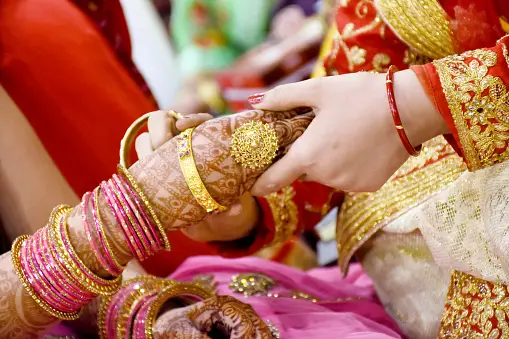Punjabi weddings are a beautiful amalgamation of tradition and celebration, where every ceremony holds deep significance in uniting families and celebrating love. Let’s delve into the essence of these ceremonies and their importance.
The Roka ceremony initiates the union, where families officially bless the couple and announce their commitment. It’s a moment of joy and anticipation, symbolizing the beginning of a new chapter in their lives.
Chunni Chadana follows, symbolizing the bride’s acceptance into the groom’s family. With the gift of a Chunni, bonds are strengthened, fostering unity and love between families.
Vatna ceremony is a ritual of purification and blessings, preparing the couple for their journey ahead. It signifies the cleansing of the soul and the beginning of a new life together.
Mehendi ceremony adds color and joy to the festivities, as intricate henna designs adorn the bride’s hands and feet. It symbolizes beauty, love, and good fortune, bringing happiness to all.
The Anand Karaj, the Sikh wedding ceremony, is the pinnacle of the celebrations, where the couple takes sacred vows in the presence of the Guru Granth Sahib. It’s a moment of spiritual union, binding them together for eternity.
Finally, the Doli ceremony marks the bride’s departure from her parental home, filled with tears and blessings. It symbolizes the beginning of a new journey with her beloved, supported by the love and prayers of her family.
Punjabi wedding ceremonies are not just rituals; they are a celebration of love, family, and tradition. Each ceremony holds deep significance, bridging the past with the present and uniting hearts in a bond that lasts a lifetime.




